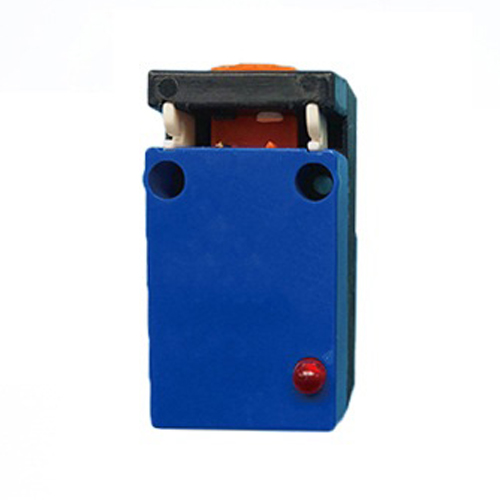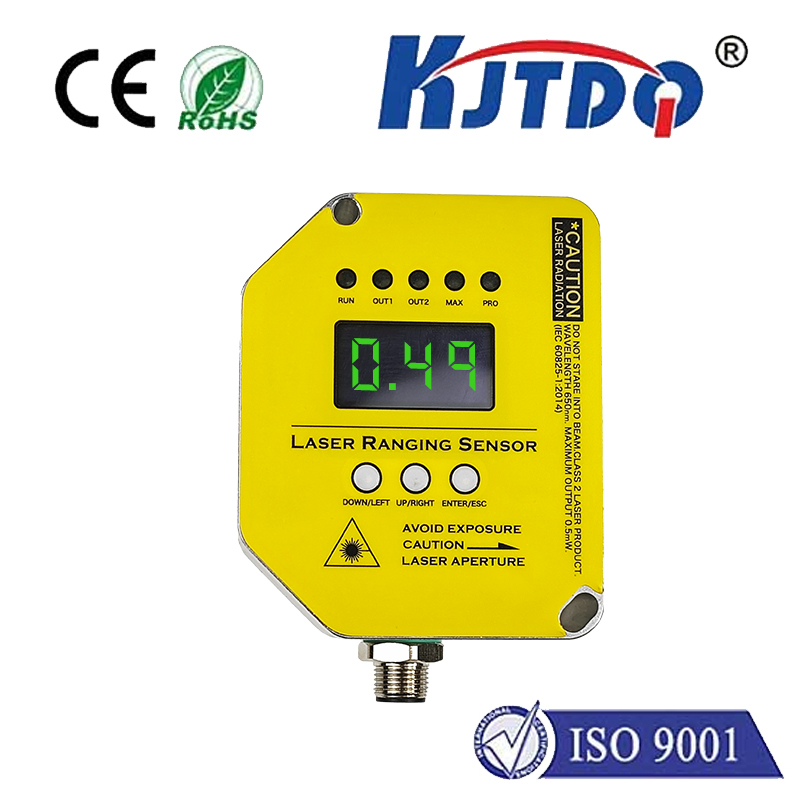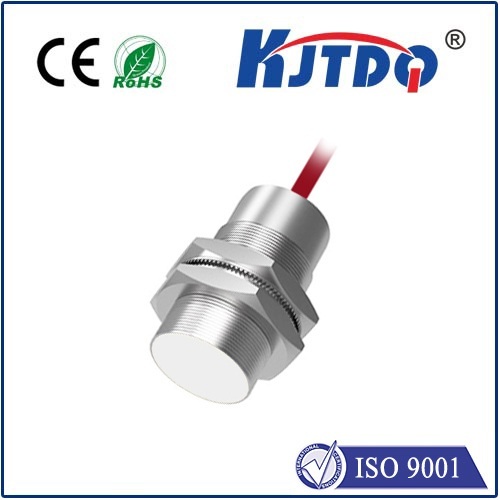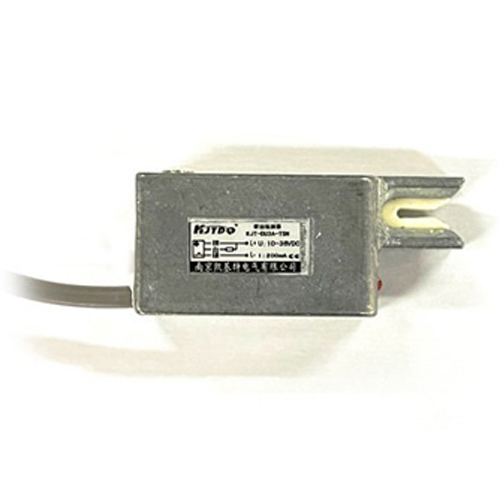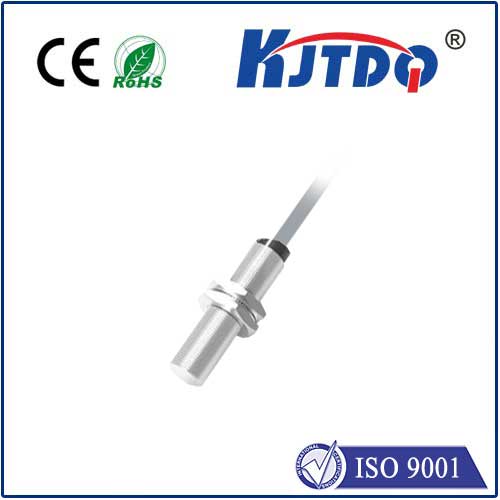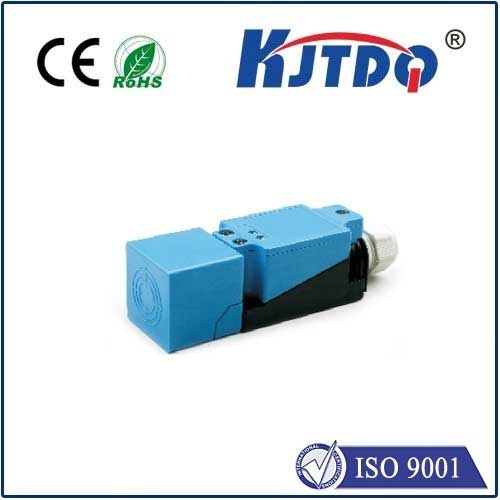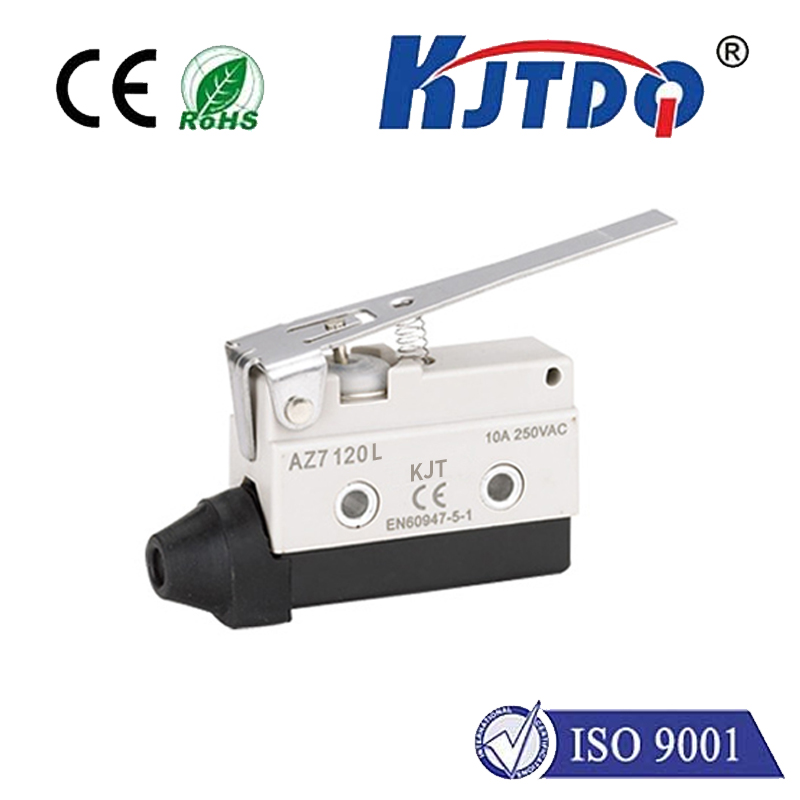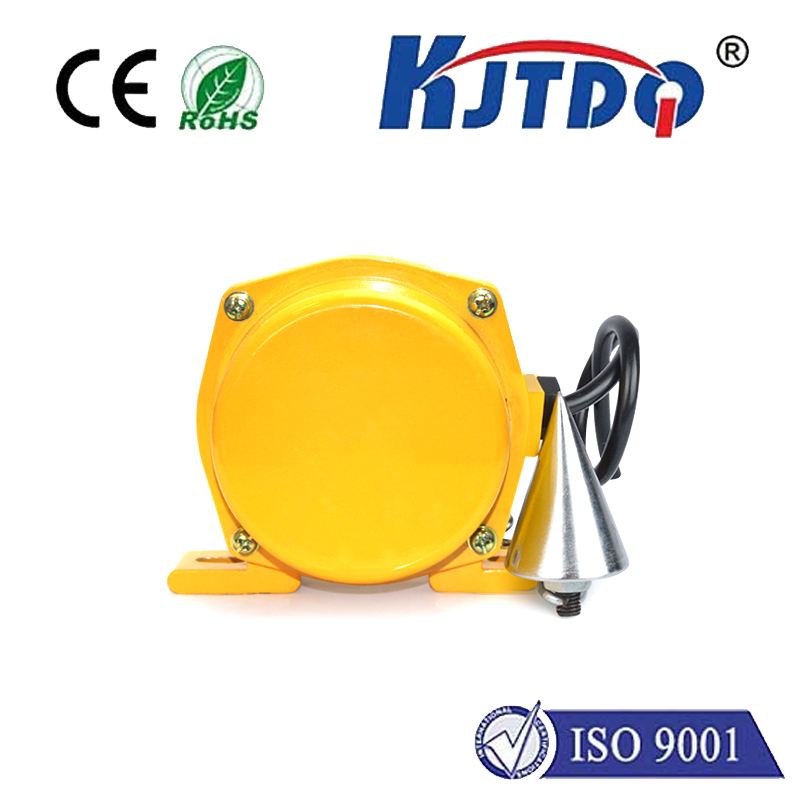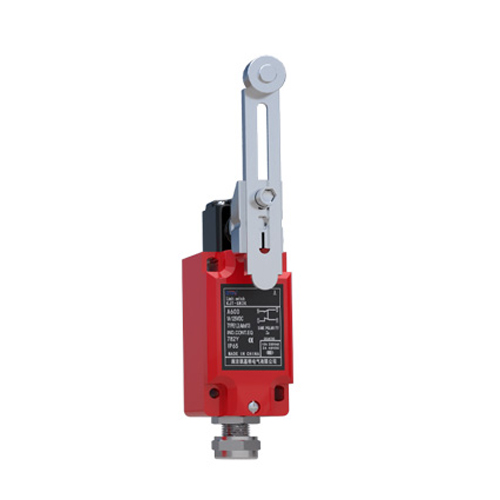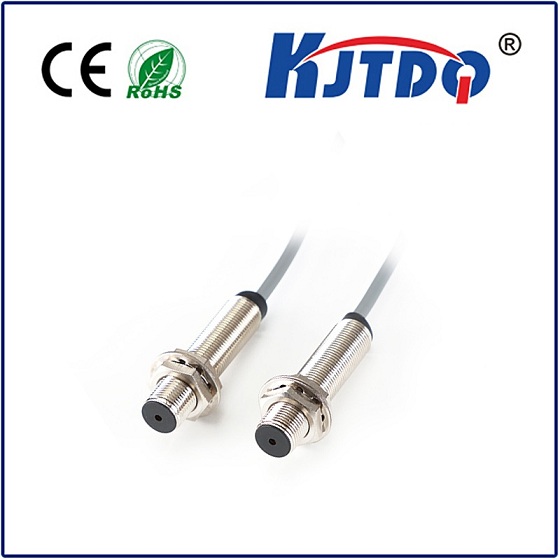pepperl fuchs namur proximity sensor
- time:2025-07-15 09:00:40
- Нажмите:0
Unlock Safety & Reliability: Your Guide to Pepperl+Fuchs NAMUR Proximity Sensors
Imagine a critical valve monitoring application deep within a petrochemical plant. Flammable gases hang in the air, demanding equipment that won’t spark disaster. Standard sensors pose a risk. Here’s where Pepperl+Fuchs NAMUR proximity sensors become indispensable, transforming hazardous area monitoring with unparalleled intrinsic safety and robust reliability. These aren’t just sensors; they’re engineered safeguards.
Understanding the core concept is vital. A датчик приближения detects the presence or absence of an object without physical contact, crucial for countless industrial automation tasks. The NAMUR designation, however, elevates this functionality to meet the stringent demands of hazardous locations – zones potentially containing explosive atmospheres (Ex areas). Developed under the EN 60947-5-6 standard, NAMUR sensors are intrinsically safe devices designed for use with a separate isolating amplifier or intrinsically safe (IS) barrier.
Why Pepperl+Fuchs? The Cornerstones of Performance
Pepperl+Fuchs, a globally recognized leader in industrial sensing and explosion protection, sets the benchmark for NAMUR technology. Their sensors are synonymous with several critical advantages:
- Intrinsic Safety (Ex ia / Ex ib Principle): This is the foundation. NAMUR sensors operate at extremely low energy levels. Even in the unlikely event of an internal fault, the energy dissipated remains too low to ignite an explosive atmosphere. This allows safe deployment in Zone 0, 1, and 2 (gas) or Zone 20, 21, and 22 (dust).
- Simplified Wiring & Control: Unlike standard 3-wire DC sensors, NAMUR sensors typically use a simple two-wire connection. They don’t directly switch the load current. Instead, they modulate a very small current flowing through the circuit connected to an isolating amplifier. This amplifier interprets the sensor’s state:
- Target Present: Low current flow (typically ≤ 1.2 mA) indicates the target is in range.
- Target Absent: Higher current flow (typically ≥ 2.1 mA) indicates no target detected.
- Fault Condition: Current levels outside these ranges (e.g., broken wire, short circuit) are easily detected as a fail-safe signal by the amplifier, alerting operators to a problem.
- Enhanced Diagnostic Capability: The distinct current ranges provide inherent diagnostic information. The isolating amplifier can actively monitor these levels, enabling predictive maintenance and immediate detection of circuit faults like cable breaks or sensor malfunctions – a significant safety and operational advantage.
- Rugged Industrial Design: Pepperl+Fuchs sensors are built to endure. Expect features like:
- Robust Stainless Steel Housings: Resisting corrosion, impacts, and harsh cleaning agents.
- High Resistance to Vibration & Shock: Maintaining reliable operation in demanding mechanical environments.
- Wide Operating Temperature Ranges: Functioning reliably in extreme cold or heat common in industrial settings.
- Immunity to Electromagnetic Interference (EMI): Critical in electrically noisy plants.
Pepperl+Fuchs NAMUR Sensors: Versatile Solutions for Critical Zones
The applications demanding these sensors are as critical as the technology itself:
- Level Detection in Tanks: Monitoring fill levels of flammable liquids or powders, preventing dangerous overfills.
- Valve Position Feedback: Confirming whether critical process valves are fully open or closed in chemical processing or refining.
- Pump Monitoring: Detecting pump coupling status or confirming operational states.
- Conveyor Systems: Detecting object presence in zones where combustible dust might be present.
- Machine Guarding: Providing non-contact position feedback on safety doors and guards within hazardous areas.
- General Position Sensing: Anywhere reliable detection is needed in the presence of potentially explosive gases, vapors, mists, or dust.
Choosing the Right Pepperl+Fuchs NAMUR Sensor
Selecting the optimal sensor requires careful consideration:
- Hazardous Area Classification: Precisely define the Zone (0/1/2 or 20/21/22) and the explosive atmosphere type (gas/dust, specific gas group, temperature class). Pepperl+Fuchs offers a vast range certified for various combinations.
- Sensing Distance & Target Material: Ensure the nominal sensing distance (Sn) meets the application’s physical requirements. Consider target material influence (e.g., steel vs. non-ferrous metals).
- Housing Material & Style: Choose materials (stainless steel, brass) compatible with the environment (chemical resistance, sanitation). Select form factors (cylindrical, rectangular, block-style) that fit the mounting constraints.
- Electrical Specifications: Verify compatibility with the chosen isolating amplifier or safety barrier (supply voltage, current thresholds).
- Environmental Robustness: Consider IP ratings (dust/water ingress protection), temperature range, vibration resistance, and potential pressure washdown needs.
- Certifications: Look for the necessary ATEX, IECEx, UL/cUL (Class I Div 1/Div 2), NEMA certifications as mandated for the installation location. Pepperl+Fuchs provides extensive documentation outlining sensor approvals.
Essential Partners: The Role of Isolating Amplifiers
Never overlook the critical partner to the NAMUR sensor: the isolating amplifier (sometimes called a NAMUR interface or IS barrier). This device:
- Supplies the required low power to the sensor.
- Monitors the sensor’s micro-current signal.
- Converts this signal into a standard switching output (e.g., transistor, relay) usable by the control system (PLC, DCS).
- Provides the energy limitation crucial for intrinsic safety.
- Enables the advanced diagnostic capabilities by interpreting fault currents.
Pepperl+Fuchs offers a comprehensive portfolio of isolating amplifiers designed specifically to work seamlessly with their NAMUR sensors, ensuring system integrity and simplifying integration.
In relentless industrial environments where safety is non-negotiable and uptime is paramount, Pepperl+Fuchs NAMUR proximity sensors provide the trusted foundation. Their intrinsic safety design, robust construction, and proven reliability, combined with the diagnostic power delivered through isolating amplifiers, make them the intelligent choice for safeguarding personnel, processes, and assets within the world’s most demanding hazardous locations. Selecting the right sensor isn’t just an operational decision; it’s a commitment to safety and resilience.
